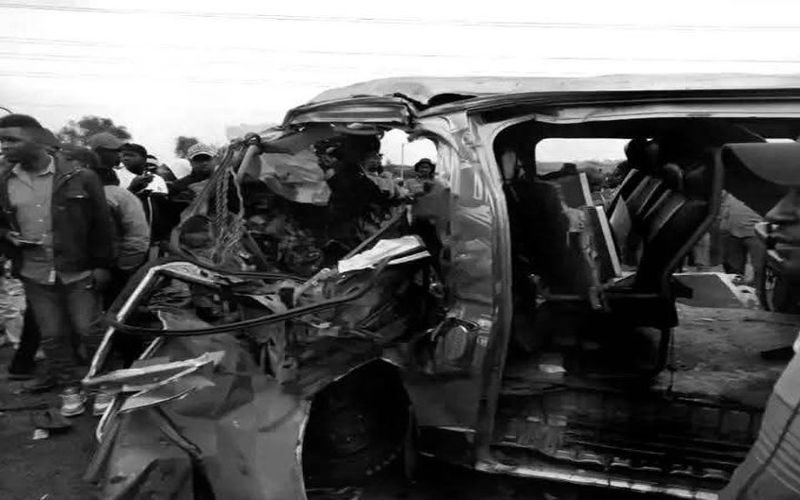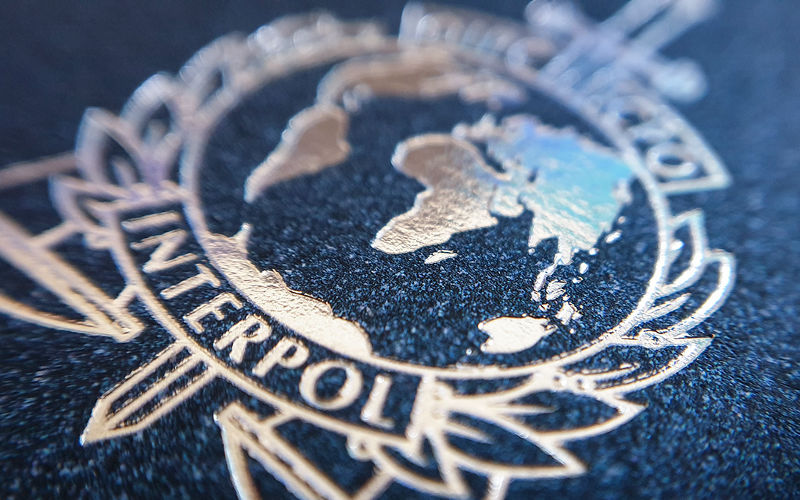Poor roads, reckless drivers, unroadworthy vehicles blamed for deadly August crashes

Transport Cabinet Secretary Davis Chirchir said that although different investigations pointed to varying factors, the three remained the most consistent.
Poor infrastructure, reckless driving and unroadworthy vehicles have emerged as the leading causes of deadly crashes recorded across Kenya in August.
According to investigations conducted by the government’s multi-agency team, the three issues stand out as the top contributors to fatalities and injuries, particularly along major highways.
More To Read
- KeNHA closes Marigat–Loruk Road due to rising Lake Baringo floodwaters
- NTSA to conduct free school bus inspections in new campaign to curb accidents
- NTSA releases list of licensed vehicle body builders and assessors
- NTSA issues safety guidelines ahead of schools reopening
- Raila pushes for expanded devolution, says counties should run schools and local infrastructure
- Court slashes forest land allocation for Kiambu Road project
Transport Cabinet Secretary Davis Chirchir said that although different investigations pointed to varying factors, the three remained the most consistent.
“These reports underscore the urgent need for coordinated efforts among all stakeholders in the Road Transport Sector to reduce and ultimately prevent fatalities on our roads. The findings highlight three critical contributors to road crashes and fatalities: Road Infrastructure, driver behaviour, and the mechanical condition of vehicles,” he said.
At least 80 people have died in road crashes since the beginning of August, including 27 people who perished on August 8 at the Coptic Roundabout in Kisumu when an AIC Naki High School bus rolled into a ditch. Chirchir also noted that a total of 2,933 fatalities have been reported between January and August 10, 2025.
The rising number of accidents has now raised concerns about the safety of students as schools reopen for the third term on Monday, August 25, 2025.
Chirchir said the National Transport and Safety Authority (NTSA) and road agencies had already begun implementing recommendations from the reports. The measures include treatment and improvement of hazardous road sections, enhanced surveillance of compliance with KS 372:2019, the Kenya Standard for Road Vehicles Passenger Body Construction, through vehicle inspections and continued efforts in road user education and law enforcement.
He noted that safety awareness campaigns were ongoing, while vehicle inspection processes would be tightened to ensure only roadworthy vehicles are allowed on the roads.
“As schools reopen nationwide, drivers and motorcyclists are asked to ensure their vehicles are well-maintained and appropriately licensed to operate. Be cautious on the road and especially of children crossing roads, refrain from honking, drive slowly and maintain safe speeds around educational institutions,” Chirchir said.
The CS also appealed to pedestrians to take extra care near roads.
“We also urge pedestrians to be very careful near roads, as your safety must come first. Always use designated crossings, avoid distractions such as phones, and make eye contact with drivers before crossing the road,” he said.
He reiterated the government’s commitment to working with all partners to make roads safer for every Kenyan.
NTSA has maintained that vehicles transporting children must undergo proper servicing, with critical components such as brakes, tires, lights and side mirrors confirmed to be in good working order. It noted that only vehicles meeting these standards will be cleared to ferry school children.
Additionally, all vehicles must be roadworthy and possess valid inspection certificates, road service licenses (RSL), and insurance documents.
The authority further stressed that all public service vehicles (PSVs) must also be fitted with functional speed limiters capable of transmitting data to the Intelligent Road Safety Management System (IRSMS), a central platform used by NTSA to monitor compliance in real time.
Drivers and conductors are also required to hold valid driving licenses and PSV badges. The checklist emphasised that all children on board must wear seat belts, vehicles must not carry excess passengers, and no child or any part of their body should hang outside the vehicle.
The authority also called on operators to report any child suspected to be under the influence of drugs or alcohol to the relevant authorities.
Top Stories Today













































